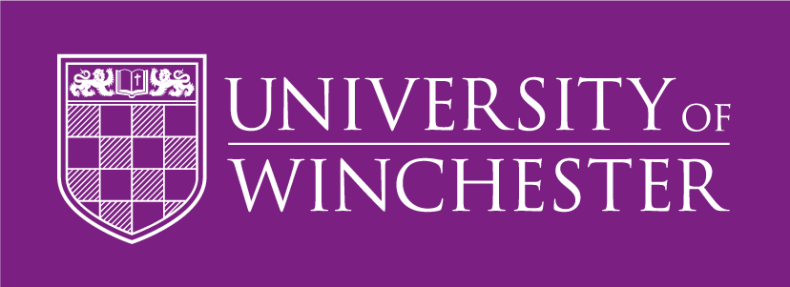Religion and belief of students in Higher Education
Presenter: Dr Natasha Codiroli Mcmaster, Researcher at Advance HE
Institution: Advance HE
Format: Seminar/Group Discussion : a session sharing experiences among participants, perhaps with a brief presentation at the start.
Abstract:
Advance HE publish annual statistical reports detailing the equality and diversity characteristics of students in higher education institutions (HEIs) in the UK. The reports use higher education statistics agency (HESA) data and include information about participation and outcomes of students by age, disability status, ethnicity, and gender, along with some more limited information relating to other protected characteristics. The reports also include intersectional analysis of the relationships between participation and outcomes in higher education by combinations of these characteristics.
In the academic year 2017-18, it became mandatory for HEIs to return data about religion and belief of their students, with 99.4% intuitions returning this data compared to 79.1% in the previous year. This gives a renewed opportunity to analyse the religious makeup of students in the UK and the ways religion and belief relate to various aspects of students’ journeys through higher education. The information specifically relating to religion and belief in the 2019 Advance HE statistical report includes institutional return rates and student disclosure rates, with 10.4% students refusing to disclose and 7.7% students leaving the field blank. The report also provides a breakdown of students’ religion and belief by age, disability status, ethnicity (white or BAME) and gender.
This study analysed students participation and attainment in higher levels of education. While previous UK studies have focused on attainment in compulsory schooling, to our knowledge no studies have looked at the religious affiliations of young people choosing to continue in post-compulsory education, what they choose to study, and whether attainment gaps persist at this level. Furthermore, while previous studies have included some intersectional analysis (particularly attempting to disentangle ethnicity and religion), this project expanded this by analysing how relationships differ by age, ethnicity, disability status and gender.
Audience:
Anyone with responsibility for institutional data structures


